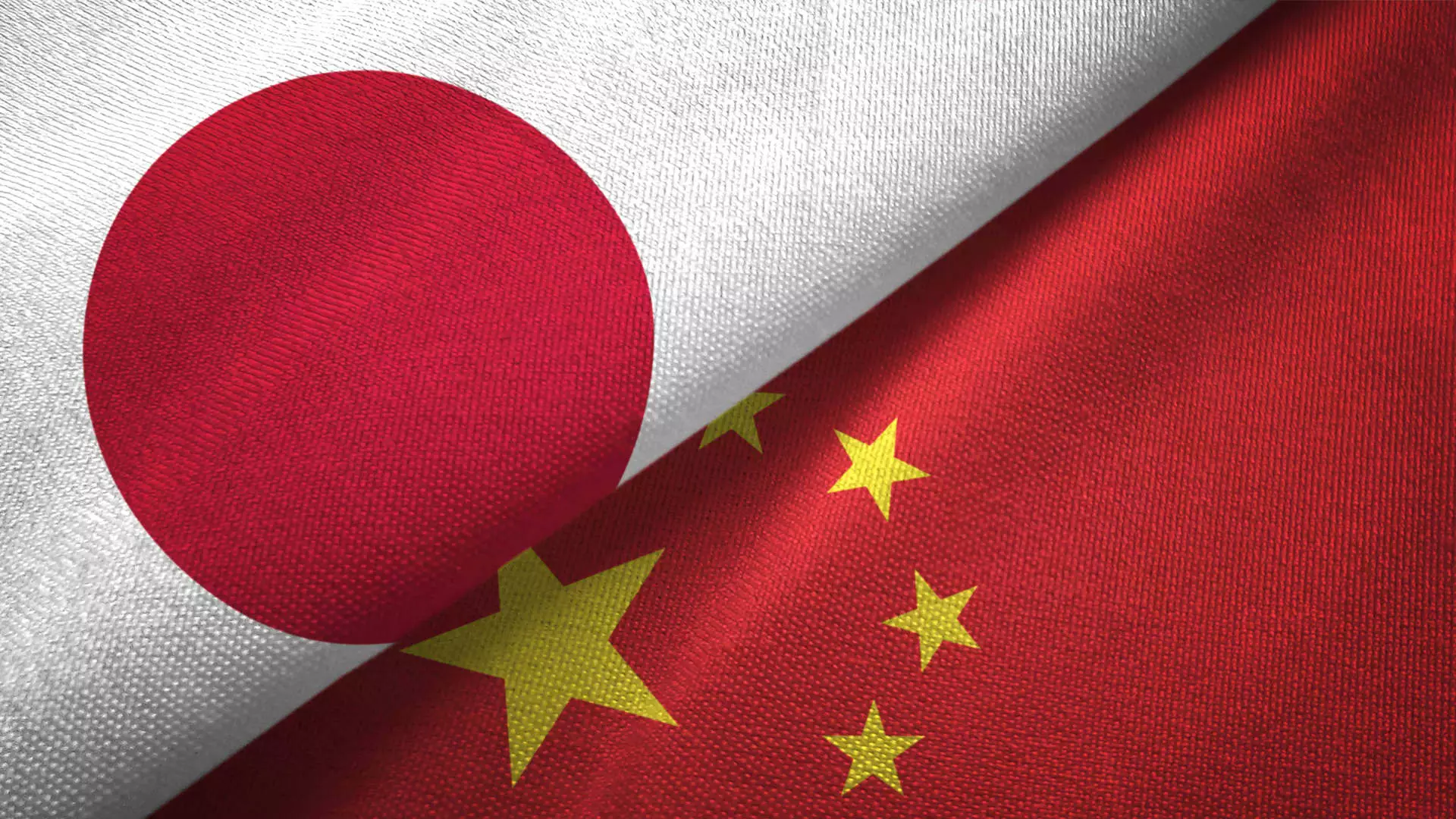Japan, despite its efforts to make the country a top travel destination through pro-tourism initiatives, is now facing the consequences of its own popularity. With more than 3 million international travelers visiting each month since March, well above 2019 levels, Japan is battling “overtourism.” This issue is especially evident in Kyoto, where crowds pack the famed temples and jockey for space during peak cherry blossom season. The strain on the country’s labor market, which was already tight before the pandemic, is evident as 85% of travel and hospitality operators have had to limit operating hours due to labor shortages.
On the other hand, China is experiencing a slower return of international visitors despite an increase in demand. The National Immigration Administration announced a 130% year-on-year increase in foreign visitors from January to July, with inbound bookings doubling since last summer. However, compared to pre-pandemic levels where China welcomed 49.1 million travelers in 2019, as of July this year, only around 17.25 million foreigners had arrived.
Flight capacity into China is still below pre-pandemic levels from many countries, particularly from the United States (-77%). Geopolitical tensions, as well as the Chinese government’s tightening grip on societal regulations, are causing discomfort for foreign travelers. Despite China’s expansion of visa-free policies spurring demand to visit, a Pew Research Center report reveals that more than half of surveyed countries have unfavorable views of China. The report also shows that some of the world’s biggest travel spenders, such as those from the United States, Germany, the United Kingdom, and France, maintain largely negative views of China.
In addition to geopolitical challenges, foreign travelers in China are facing technology hurdles as well. Since the pandemic, China has pushed more payment and booking systems online, causing difficulties for foreign travelers unfamiliar with popular Chinese software. For instance, booking high-speed train tickets or entry tickets to popular tourist attractions now necessitates the use of WeChat’s embedded program. Addressing these technological issues is crucial to attracting foreign travelers back to China, as highlighted by Songshan Huang, a professor at Australia’s Edith Cowan University.
While Japan is battling overtourism and struggling to keep up with the surge in international visitors, China is facing geopolitical tensions and technology challenges in its efforts to revive inbound tourism. Both countries have unique strengths and weaknesses in their post-pandemic recovery trajectories, highlighting the complexities of the travel industry in a changing world.

